The financial industry faces an influx in demand for mobile banking due to its convenience, accessibility, and rise in personalization. Businesses invest in AI/ML to enrich mobile banks with a decent level of personalization. The article discusses how much does mobile banking app development cost. Note that the represented development prices are approximate and you have to consider your business needs.
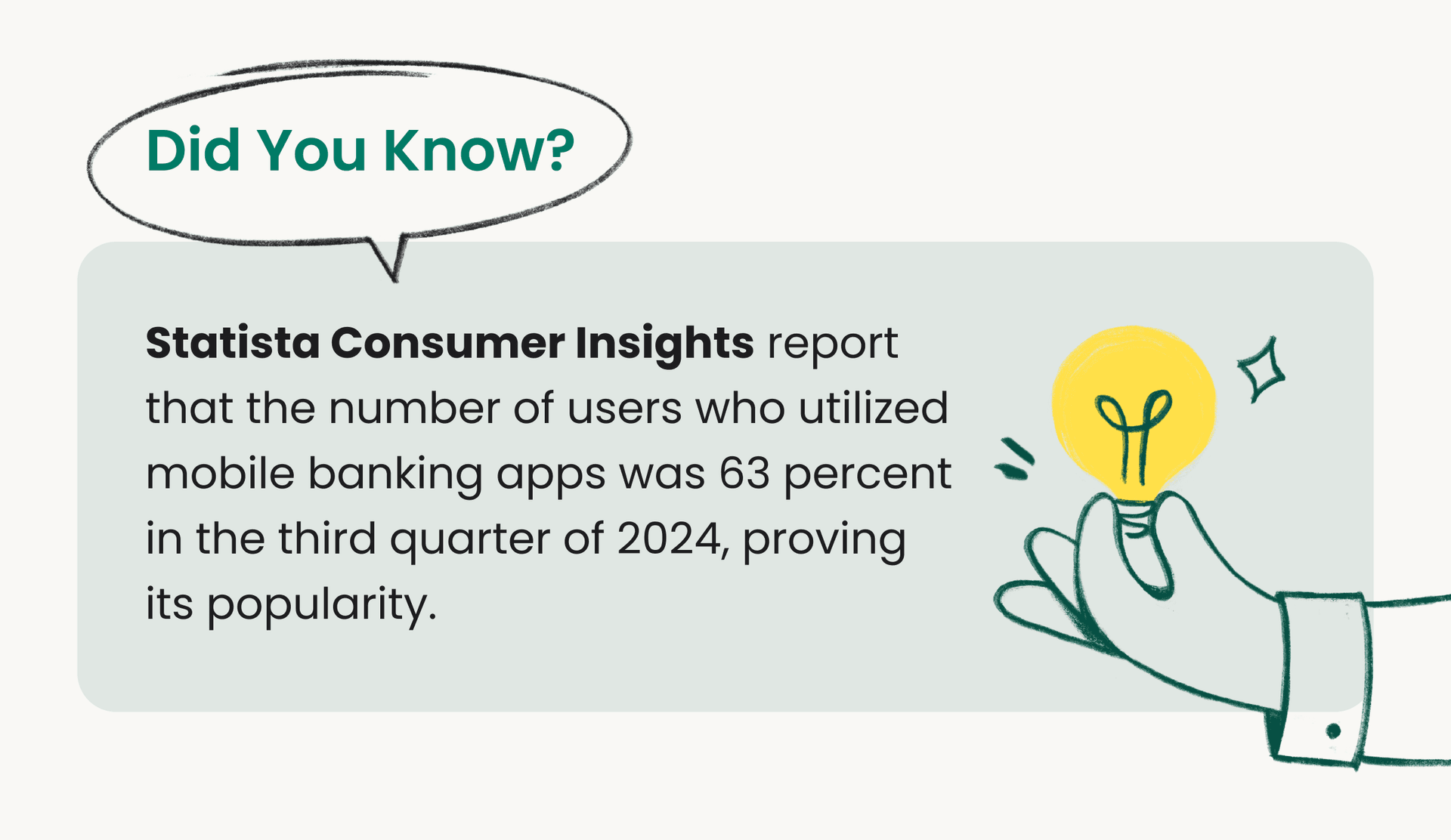
Source: Statista
Cost Factors of Mobile Banking App Development
Crafting any type of fintech application requires decent financial input, and banking software is no exception. That’s why you should understand the factors that affect the mobile banking app development cost, as its complexity will influence the final receipt.
Wireframe
Wireframe is the primary essential factor that affects the cost of building a banking app, as it represents the skeletal architecture of its further look. Wireframing includes a simplified layout, prioritizes functionality, and excludes visual design elements. The simplified layout represents that the skeletal framework will display mainly the boxes, placeholders, and labels for the UI components like buttons or menus. Focus on functionality underlines the overall user flow and main in-app functions like authorization, money transfers, etc., instead of the aesthetic elements.
Wireframing can help you align the required features and interactions by reviewing the skeletal framework of the future application. Additionally, it provides an early opportunity to conduct usability testing by checking and optimizing the user’s workflows prior to financing a robust app design.
UX/UI Design
UX/UI design is a critical factor in banking app development cost determination, as it focuses on providing clients with a user-friendly and efficient experience to operate their finances on the go. You should consider the following elements of UX/UI design that shape the final price.
-
Client-Centered Design
UX/UI design is about the clear information hierarchy, which prioritizes the frequently used features, like account balances or transaction history. Whether you need basic or advanced mobile banking software, the support of a clear information hierarchy will contribute to the app’s convenience and assist in retaining clients.
-
Branding
Branding is a significant feature that diversifies mobile applications from one another and affects the costs to develop a banking app. The inclusivity of brand-relevant color palettes, fonts, and images can help users memorize your application. The inclusion of the basic brand elements will reduce dev costs significantly. However, if you need an advanced mobile banking app, including brand motion effects or hand-drawn illustrations, it will increase the ultimate receipt.
When it comes to UI/UI design, consider implementing an onboarding element, which is a tutorial designed to teach new users how to use your mobile app. This tactic will not only reduce errors but underline human-centric emphasis.
Tech Stack
Building a mobile banking app from scratch is a serious technical challenge. As a rule, the result of development is a rather complex architectural solution, which consists of a large number of different microservices, each of which solves its own highly specialized tasks. Accordingly, each of such services should be written in a language and framework that are best suited for solving microservice tasks.
As a rule, the key element of the server-side part of the system is the NestJS framework. This is an advanced framework that allows developing applications that run in the Node.js environment using the modern programming language TypeScript.
Besides, the following architectural elements are usually involved:
-
Microservices in Go language for especially high-performance nodes of the system.
-
RabbitMQ - distributed and horizontally scalable message broker for organizing interaction between separate system components.
-
Various databases and data stores such as MySQL, PostgreSQL, MongoDB, Redis, and Elasticsearch.
-
Docker/Docker Compose is used to organize fast application deployment.
When it comes to the client side of applications, the need to provide maximum security and a high level of UI/UX comes to the forefront. To solve these tasks, the company's stack includes:
-
Modern tools for developing mobile solutions using Swift and Kotlin languages to create native iOS/Android applications that provide the highest level of performance and UX.
-
Powerful tools for developing cross-platform solutions based on ReactNative, NativeScript, Flutter, or Ionic, which, at the expense of a slight decrease in performance, will significantly save the financial component, allowing you to develop 2-3 platforms simultaneously
-
Advanced frameworks for Web application development - Angular and React, with the help of which you can easily create enterprise-level applications.
We've discussed the specialized technology stack to lead you to the point of selecting an appropriate app platform based on the unique demands of your business, as it will either increase or economize the overall tech stack development costs.
App Platform
Mobile bank applications can be native or cross-platform. But what’s the difference? And how does it affect the mobile banking app development process cost? Well, a native platform is when you choose to develop the application either on Android or iOS. Cross-platform software development implies the combined coverage of both iOS and Android, making the mobile banking app compliant and functional within these operational systems.
When speaking about the overall difference, we should underline the differences in codebases that affect the development time. In the native app development, the codebase is different based on the operational systems. In the cross-platform, the codebase is single, enabling the developers to cover functional specificities in both applications.
When it’s time to choose native vs cross-platform, you should keep in mind your original business need. Native development (Swift and Kotlin) will be perfect for boosting security and optimizing performance, as it has direct access to platform-specific APIs, which means less effort in integrating advanced features like biometrics and security.
On the other hand, if your priority is cost-effectiveness, then cross-platform app development (React Native, Flutter) will be suitable due to the faster application development time. The problem, however, can arise when speaking about UX/UI design maintenance. The implementation of customized animations will be challenging, which will require you to consider writing native code to support its functioning.
Application Maintenance
Another factor that influences the cost of developing a mobile banking app is the platform’s maintenance. Maintenance implies the post-development support of the platform’s functionality on the market that resolves the following moments:
-
Bug Fixes
The development team resolves crashes and bugs by ensuring real-time monitoring. If the bugs remain unresponded, then they’ll affect user experience, requiring a more profound financial input.
-
Performance Optimization
Another element of performance optimization is improving speed and reducing the load time, especially for new devices and operating systems. Performance optimization will enable you to balance financial input by providing a timely response to churn, eradicating issues with app responsiveness.
Development Team
Finally, the development team plays a crucial role in app development as it is responsible for the quality and convenience of the final result. If you experience budget constraints and think about the ultimate cost to create a mobile banking app, then why not consider hiring an outsourcing development team?
Outsourcing implies the integration of third-party specialists that can cover the full spectrum of the in-house team’s obligation, showing you the cost advantage of the practical development process.
The development process of a standard mobile banking app can comprise the following specialists:
-
Project Manager - 1
-
Back-End Developer(s) - 2-3
-
iOS/Android Developer(s) - 2-3
-
Designer(s) - 1-2
-
Quality Assurance Specialist(s) - 1-2
Note that the number of professionals may differ based on your business needs and the complexity level of the mobile banking app.
Features
Features represent the core element that will shape the cost of developing a banking app. Overall, the platform has to comprise the basic element of banking-relevant activities embedded in the technological features of the application. On the other hand, the advanced elements can increase user experience and boost client retention.
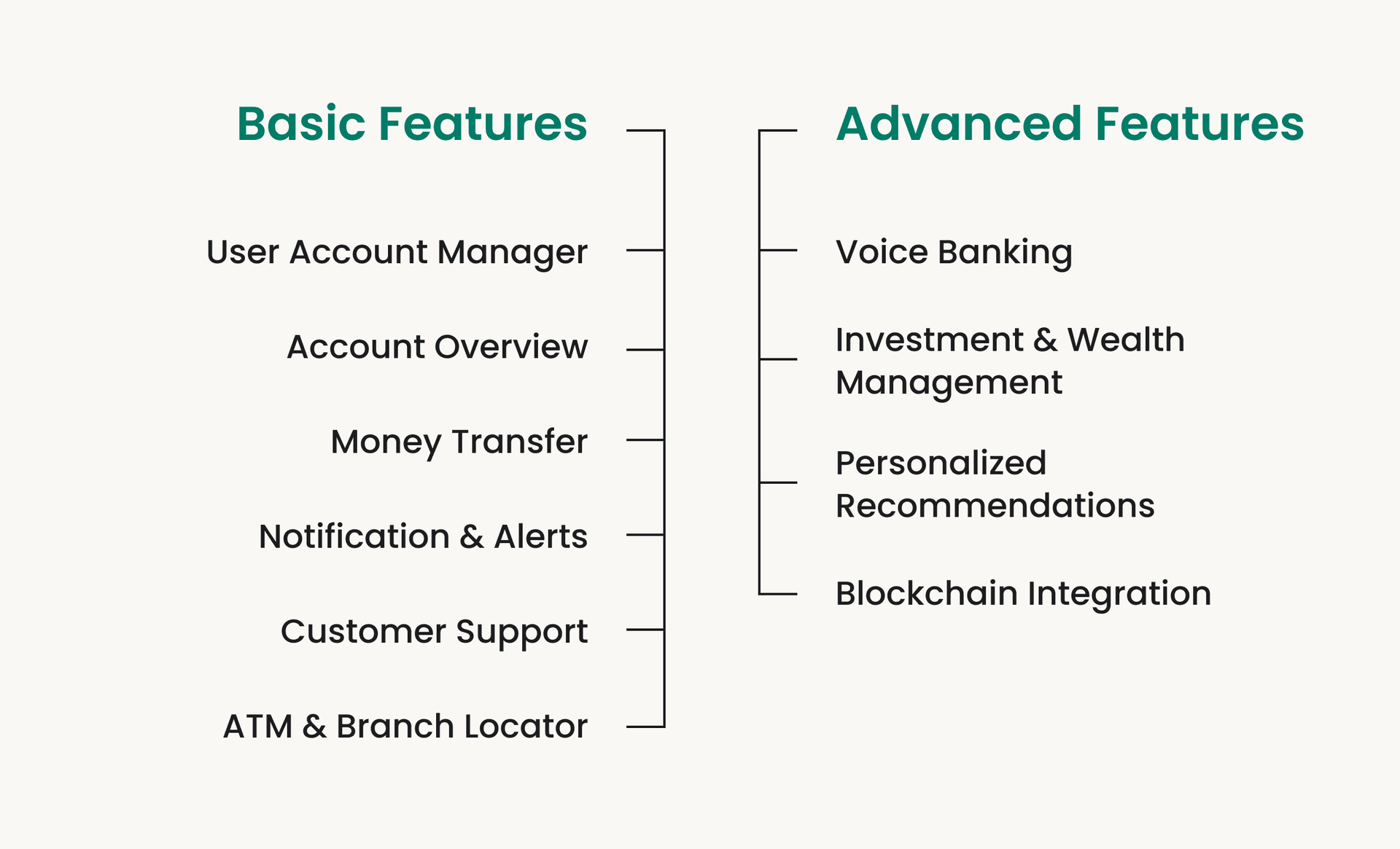
User Account Management
User account management is a basic feature of the mobile banking app, as it enables the clients to register, log in to the account, update their personal information, and contact details.
Account Overview
Account overview enables the clients to view their balances, check recent transactions, and track their credit card limits and payment dates.
Money Transfer
Money transfer is a basic feature of the mobile banking application, which provides users with the ability to complete external and internal transactions. This feature allows bank-to-bank transactions, international transfers with automated currency conversion, and support of scheduled and recurring payments.
Notifications & Alerts
The mobile banking software has to inform the client of a successful or failed transaction and update them with messages on suspicious activity or login attempts.
Customer Support
Customer support is a must for the mobile banking application as it will boost its convenience in use to minimize use errors or help clients solve their issues. FAQ guide and live chat can significantly contribute to the platform’s functionality.
ATM and Branch Locator
Integration with Google Maps can simplify the user’s use of the mobile banking platform, as they will know the nearest branch location if they need a real-world consultation or withdraw money.
Voice Banking
Voice banking is an advanced mobile banking app feature that lets the user apply voice commands due to the integration of virtual assistants like Siri or Alexa for checking balances, making payments, or finding the nearest ATMs.
Investment & Wealth Management
This advanced feature provides users with access to stock trading and portfolio management tools. The integration of robo-advisors can be beneficial for financial planning.
Personalized Recommendations
Personalized recommendations represent an advanced element that will significantly impact the banking app development costs, as it comprises AI-driven insights and client-centric offers. AI crafts personalized recommendations for savings or investments based on the user’s behavior. Tailored offers bring personalized promotions or cashback offers.
Blockchain Integration
Blockchain integration is an advanced element that can improve the security of the client’s transactions and identity verification.
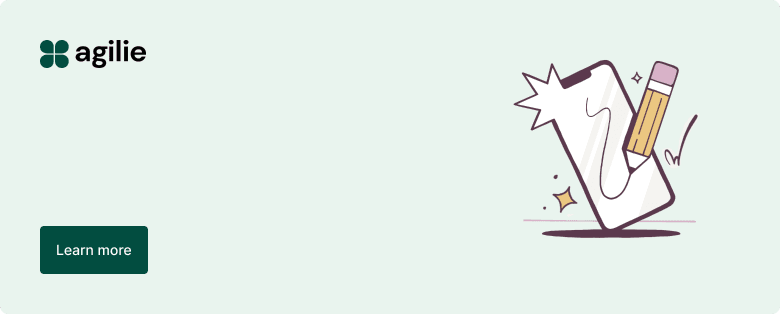 Learn more about cryptographic elements that make blockchain secure.
Learn more about cryptographic elements that make blockchain secure.
Cost of Developing a Basic Banking App
Now, it’s time to discuss the approximate range of banking app development cost estimate based on the level of complexity.
Basic Wireframe
As we presented before, a wireframe represents a basic skeletal architecture of the mobile banking platform application. The wireframe for a standard app includes structure and layout indicating all the key buttons, menus, and input fields. Additionally, it shows key screens and user flows, including login/registration fields, dashboard screens for balances, transaction screen for money transfer and bill payment.
The cost to craft a basic banking app wireframe will range from $5,000 to +$10,000.
Simple UX/UI Design
If you decide to craft the standard mobile banking platform, a simple UX/UI design will economize financial input but ensure the support of principal functions.
-
Minimalist Layout
The standard mobile banking app will have a clean dashboard that will show account balances and quick actions, like ‘Pay Bills’ or ‘Transfer Funds.’
-
Clear Navigation
The bottom navigation bar of the standard mobile banking application comprises usually 3 to 5 features such as home/dashboard, transactions, Payments, Settings.
-
Only Core Features
The standard mobile banking app includes basic features such as ‘Dashboards’ that show account balances and recent transactions; ‘Money Transfer’ which represents a simple form with fields for recipients, amount, and confirmation; ‘Notifications,’ which includes the list of transaction alerts; and ‘Settings’ that are limited to altering the password.
Henceforth, the basic UX/UI design in banking app development cost will range from $10,000 to +$30,000.
Development Process: Cross-Platform Option
When speaking about the cost to build a banking app, basic version, we’d like to indicate that cross-platform app development is budget-saving and fast in terms of time-to-market launch. The presented option keeps a simultaneous iOS and Android crafting of the following features:
-
User Registration & Login
-
Dashboard (Account Overview)
-
Transaction History
-
Fund Transfers (Bank-to-Bank, Peer-to-Peer)
-
Bill Payments
-
Push Notifications
-
Security Features (Encryption, Authentication)
-
Settings (Profile, Password Change, Preferences)
The approximate development cost will range from $40,000 to +$150,000.
Hired Development Team
When thinking about the cost of banking apps development, from the dev perspective, you should keep in mind professionals’ level of experience, market dynamics, and regional variations that will affect the final receipt. In the table below we presented the average price rate based on the required specialists mentioned above.
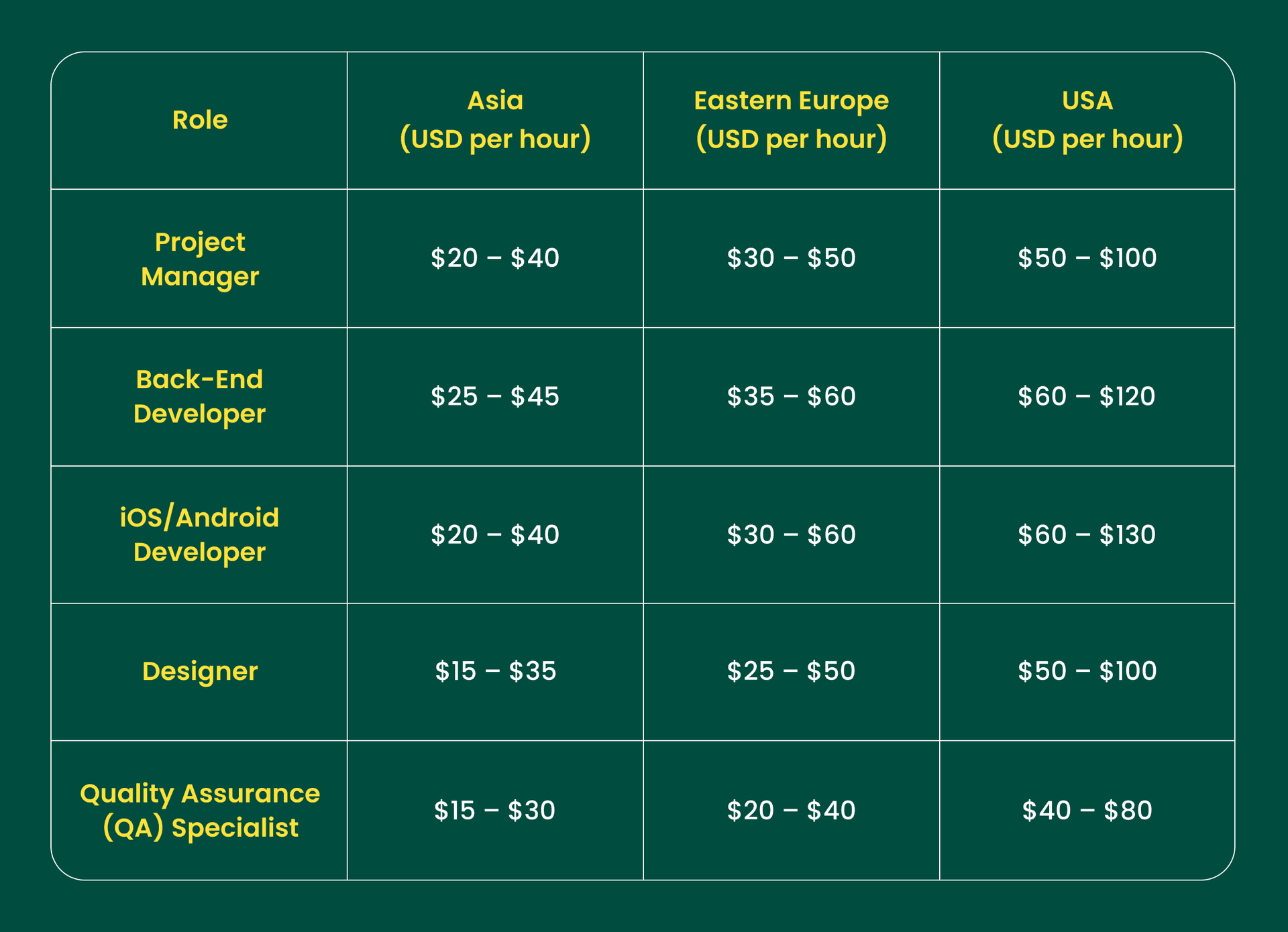
App Maintenance
Finally, the maintenance of the basic mobile banking application will range from $15,000 to +$50,000. However, this is an approximate sum; pay attention to the level of feature complexity and implemented security measures.
Costs of Developing an Advanced Banking App
Now, it’s time to discuss the price range for the advanced version of the mobile banking platform.
Detailed Wireframe
The detailed wireframe will comprise the layout elements of the basic version; however, will differ by including the interactive elements such as hover states, clickable areas, etc. Additionally, it will include the detailed descriptions and annotations, like a detailed explanation of each screen and functionality and notes about the input. Finally, it will signify the success cases such as payment completion and cases of failure.
The price for the advanced wireframe will range from $10,000 to +$20,000.
Sophisticated UX/UI Design
The sophisticated UX/UI design of the banking application focuses on personalization and interactivity by preserving efficient functionality.
-
Advanced Navigation
Advanced navigation includes intuitive tab-based and/or gesture-based navigation and offers options for personalized shortcuts.
-
Advanced Features
The ‘Money Transfer’ feature supports QR code payment and split bill options. The ‘Investment Tools’ feature manages portfolios and access robo-advisors. Finally, sophisticated UX/UI can implement a biometric login with visual feedback to improve security.
Please note that the cost to develop a banking app with sophisticated UX/UI design will range approximately from $30,000 to +$50,000.
Development Process: Native Variant
Building a digital banking application, an advanced version, will require more funds as it produces better performance, improved security, and a decent level of personalization. The native mobile bank app development will include the following features:
-
Personalized Dashboard (AI-based spending insights)
-
Transaction History with AI Insights
-
AI-Powered Robo-Advisors (Investment recommendations)
-
QR Code & NFC Payments
-
Blockchain Transactions & Smart Contracts
-
Security & Fraud Detection (AI-based monitoring, behavioral analytics)
-
Crypto Wallet (optional)
-
Dark Mode & UI Customization
The approximate price of the native variant of the mobile banking app will range from $250,000 to +$1,000,000.
Hired Development Team
When speaking about developing a mobile banking app, you should remember that the specialists are the same, you just might hire more people per specialty per the elements you’d like to include. Nevertheless, as the advanced application comprises AI and blockchain features, keep in mind the approximate prices for the relevant specialists.
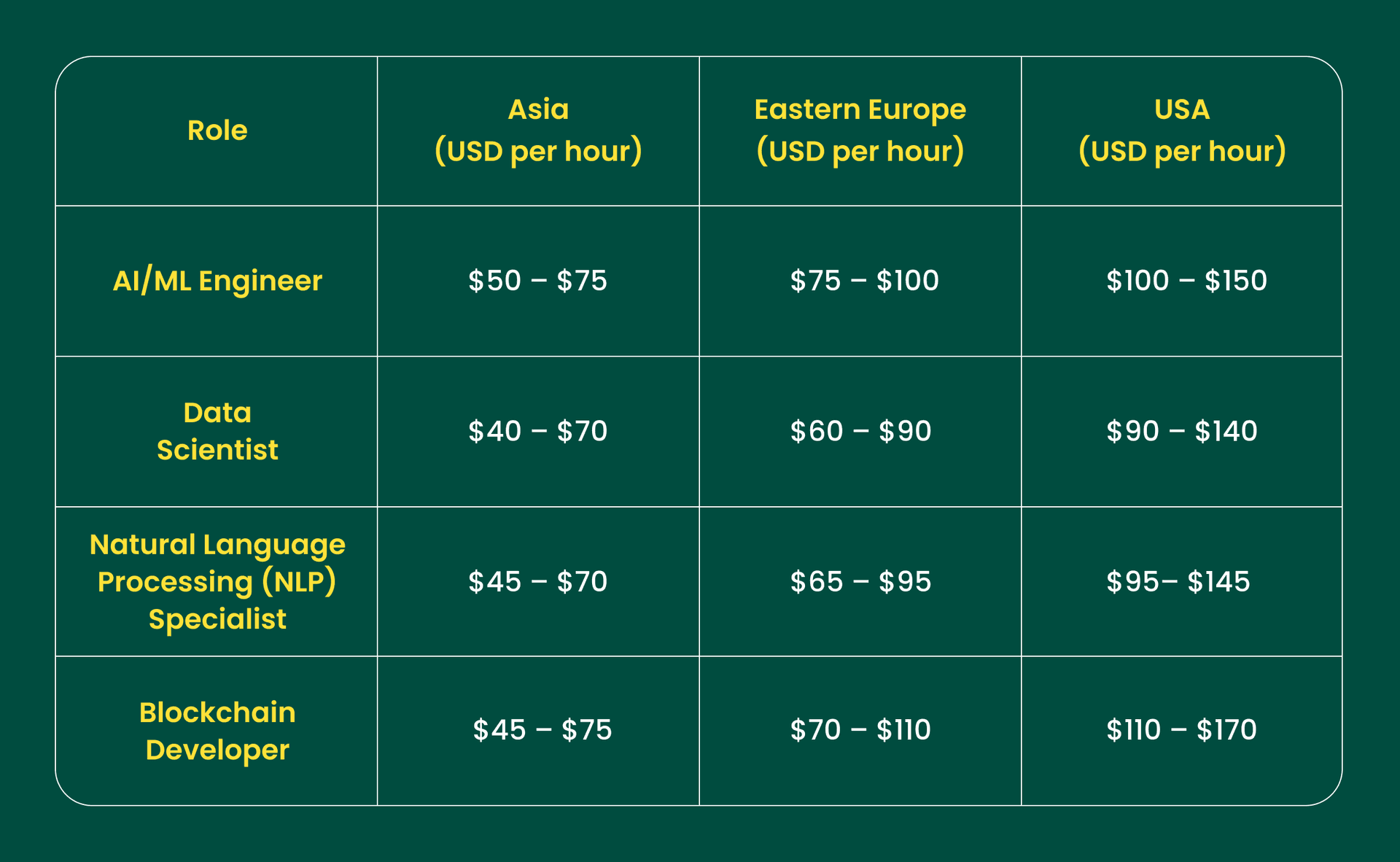
App Maintenance
Finally, the cost of maintaining the advanced version of the mobile application will differ significantly from the basic version as it covers the elements of AI/ML, which can range from
$50,000 to +$150,000, annually.
Why Choose Agilie?
Agilie is a fintech-savvy organization with 14+ years of experience in the market. Our core principles of transparency, value for clients, and diversity enable us to generate a dedicated client-centric approach to any project we fulfill, whether it is software optimization or the from-scratch neo bank, cryptocurrency, or smart contract development.
Agilie covers mobile banking software development aligning with standard and sophisticated business needs by offering:
-
The Integration of the Software Security Framework
-
Card Issuer Integration Solutions
-
White Label Solutions
-
P2P Payments & Ordering Integration
-
UX/UI Design Solutions
Conclusion
The article discusses the custom banking app development cost, focusing on the development, UI/UX, app types, and feature aspects that shape the recepit. The basic mobile banking software will be cheaper to craft, considering its maintenance of the basic features that keep its core funtions. The advanced version will require more investment considering its emphasis on enhanced client-centricity supported by complex features and extensive UX/UI.


